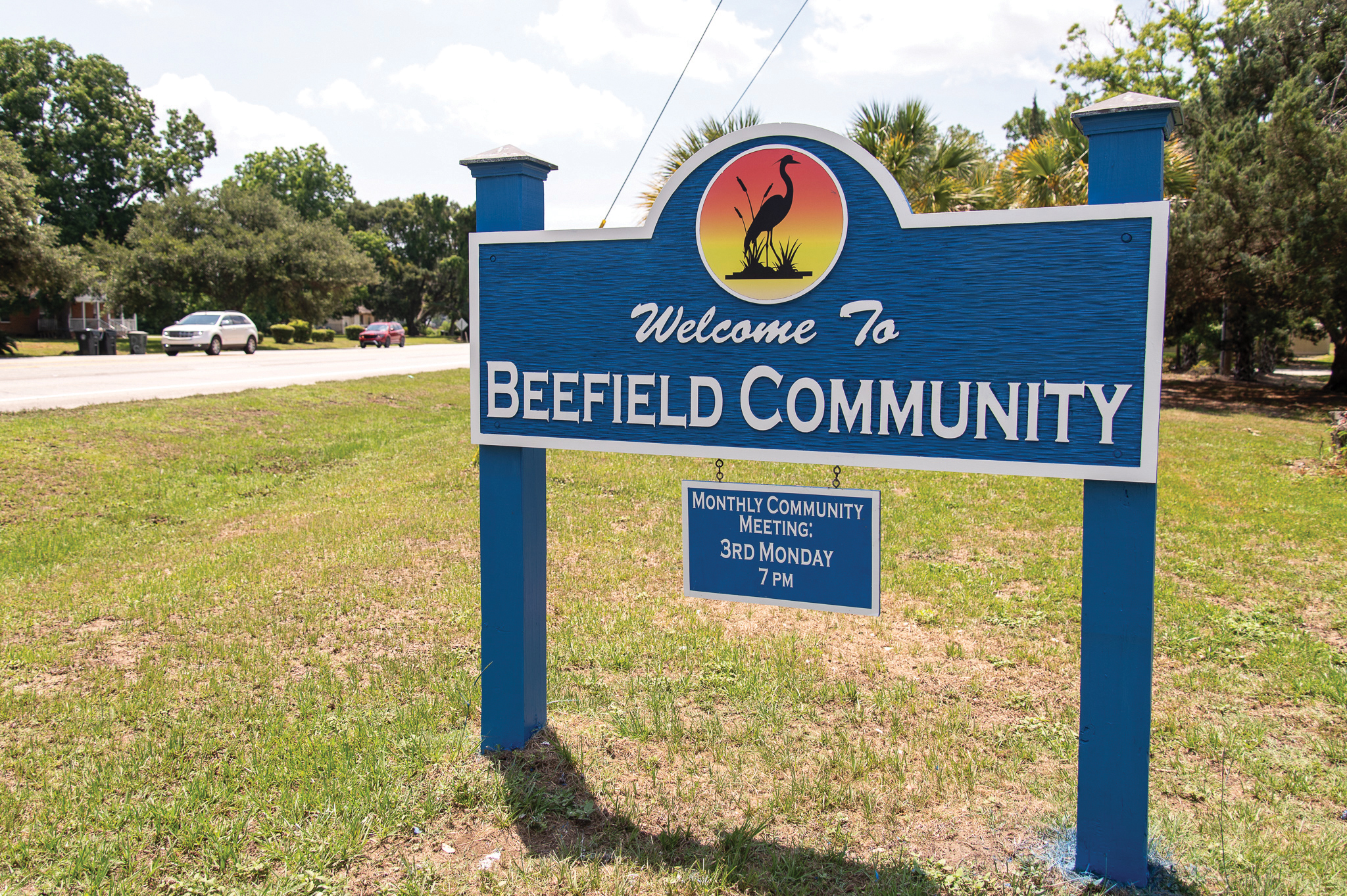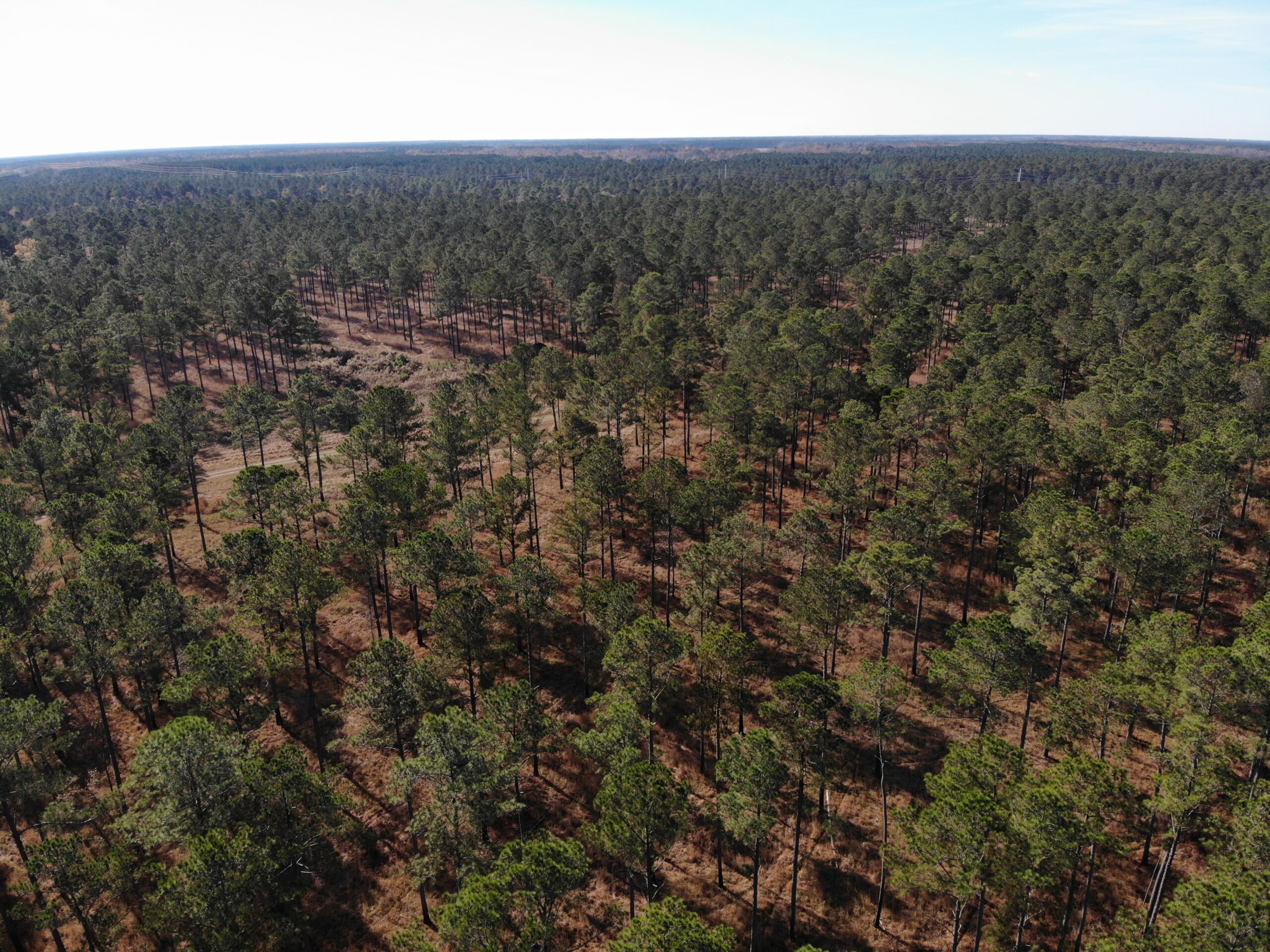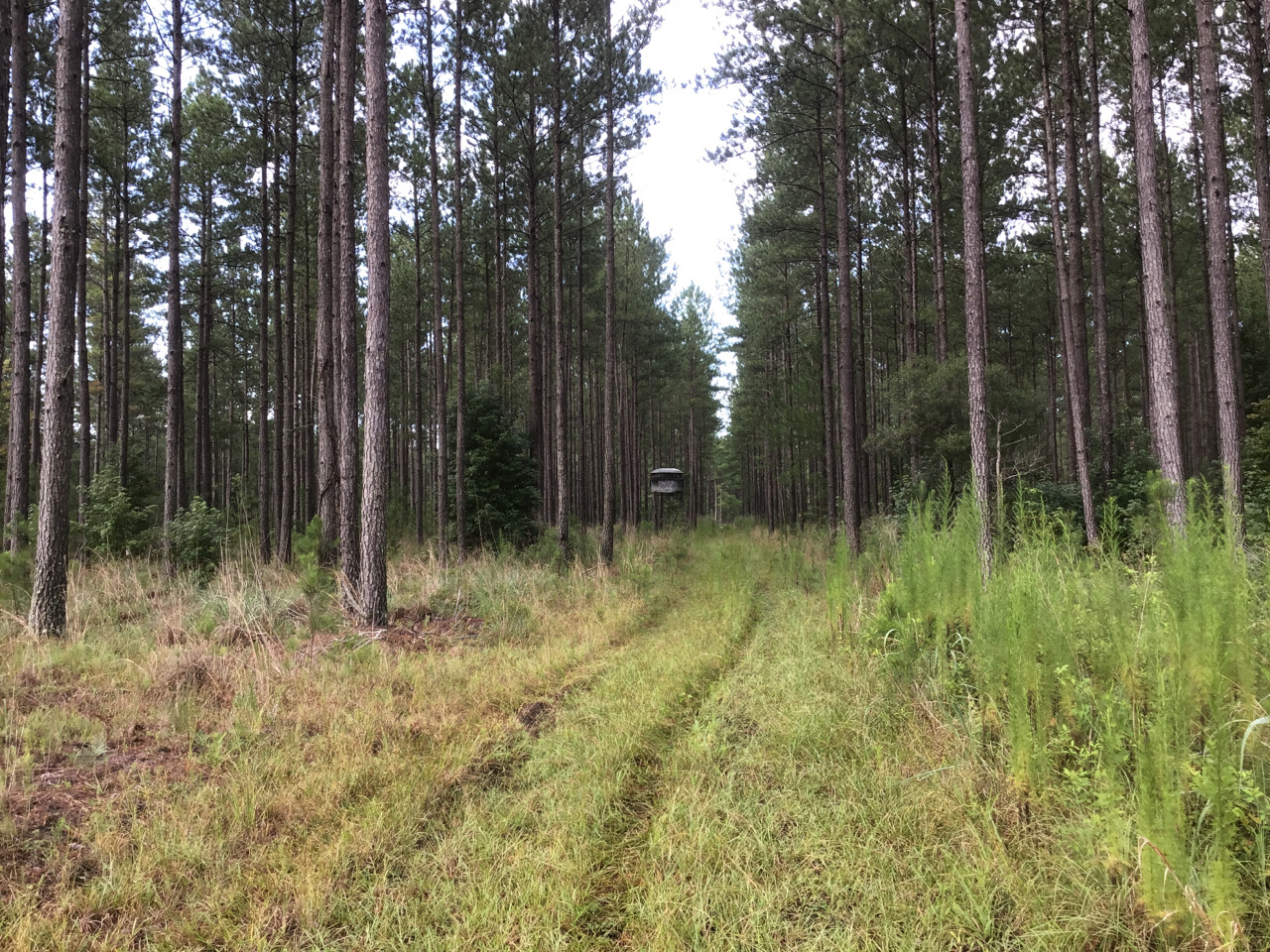
Dear Friends,
For over 30 years Lowcountry Land Trust (LLT) has partnered with families and landowners to protect the places they love. From working forests and farmlands, to marshes and historic sites, these places are varied and unique and we are grateful for every one of them. As we continue into the 21st century, it is becoming apparent that we need to expand our conservation strategy to include consideration of factors that are changing these landscapes. We need to account for variables like increases in flooding and hurricane activity and rising temperatures of climate change. LLT is in the business of perpetuity, so we need to think and plan for the long term. So, how do we protect the areas that best support our lowcountry ecosystems in light of all this?
The answer lies in the concept of resilience, a term you’ve probably heard over recent months in discussions about how to cope with the health and societal challenges of COVID-19. Ecological resilience is similar in that it looks at how ecosystems respond and overcome challenges while remaining healthy. Easy to say, hard to figure out on an organizational level for strategic planning. Thankfully, we have a wide network of partners with deep expertise on this topic. For example, The Nature Conservancy (TNC) has a detailed data set ranking every 30 square meters of the United States on how resilient it is. TNC considers a resilient landscape to be one with “sufficient variability and microclimate options to enable species and ecosystems to persist in the face of climate change and which will maintain this ability over time.” We are fortunate that Open Space Institute has provided us with a grant to incorporate this important concept of resilience into our planning.
Applying these parameters of resilience across South Carolina lowcountry reveals many areas that stand out as scoring highly resilient. Among these, we have selected 24 regions where we are already working for further analysis. These are highly contiguous areas with high resilient scores. For each of these areas, previous joint work between LLT and landowners informs a larger strategy for the region, associated with their unique ecosystem, prior conservation, and land cover types. This gives a framework to build from for future projects that allow us to understand and support the resilient conditions for each area.
Taking resiliency into account for our landscapes brings the challenge of analyzing and incorporating a large volume of new data. However, these data feed into the strategy that has long guided LLT – our conservation easements provide for and protect the landscape. We, along with you, our partners, and landowners have always understood and appreciated that the lowcountry is a unique and ever-changing landscape. Incorporating the concepts of resiliency into our work will strengthen our shared caretaking of these important landscapes and provide a more holistic protection strategy for these places that we all treasure.
Sincerely,
Carl Taylor
GIS & Conservation Planning Manager
Lowcountry Land Trust

Monday, September 21st: Ashton Lamb, North Coast Project Manager, visited LLT’s French Quarter Creek property, 425 acres in the East Branch of the Cooper River neighborhood, to explore opportunities for property improvements to benefit wildlife and young longleaf pine trees. LLT purchased French Quarter Creek in 2015 with support from the South Carolina Conservation Bank and the S.C. Ports Authority’s gift of a revolving fund to LLT to be used for the purchase and permanent protection of important land within the Cooper River Corridor.
Tuesday, September 22nd: Sam Seawell, Stewardship Associate, met with the Clemson/College of Charleston graduate students for their first day of class in the field at Hyde Park. Hyde Park was purchased in 2017 with the help of the revolving fund from the S.C. Port’s Authority. The students are researching and surveying the two cemeteries located on the property. The class spent the afternoon establishing the first survey area located around the cemetery where enslaved persons were buried and clearing brush and sticks in preparation for ground-penetrating radar (GPR). We look forward to keeping you informed on this research.
Wednesday, September 23rd: Nathan Moyer, Senior Stewardship Program Manager, and Alison Cercy, Conservation Coordinator, attended a virtual demonstration of a new stewardship database, Landscape. After much consideration, they made the decision to transition to Landscape later this year. The team is very excited because Landscape can track every aspect of a conservation project, from acquisition to stewardship, provides an easy interface with mapping data, and has high level data points readily available for all LLT staff.
Thursday, September 24th: We made the difficult decision to cancel the 2020 Sporting Clays Shoot weekend, which was previously rescheduled for November 13-15. The COVID-19 pandemic has made it clear that it’s now vital to limit social contact and avoid large gatherings. While we know that this is disappointing, we’ve been fortunate to have received warm feedback from supporters, shooters, sponsors, and partners. If you would like to speak to someone about refunding your ticket or converting your ticket to a donation, please contact Maggie Kalergis.
Friday, September 25th: Conservation staff discussed possible grant opportunities from the North American Wetlands Conservation Act (NAWCA). NAWCA grants support healthy bird populations and wetland habitats, which provide valuable benefits such as erosion control, flood mitigation, improving air and water quality, and recharging ground water. NAWCA is one of South Carolina’s most important sources of conservation funding, and needs to be reauthorized as part of the “America’s Conservation Enhancement Act,” which recently passed the U.S. Senate. We appreciate the leadership of Congressman Joe Cunningham in calling on the U.S. House of Representatives to pass the bill. LLT has been fortunate to have received NAWCA grant funding in the past and is always looking for creative funding opportunities to support our work.
OTHER NEWS
Asian Longhorned Beetle Infestation Update: Clemson University’s Department of Plant Industry (DPI) and the USDA continue to find Asian longhorned beetle-infested trees in Hollywood, Ravenel, and on John’s Island. If you have property in the Hollywood, Ravenel, or John’s Island region, please read the following carefully. Until the wood material management yard and quarantine are established, we ask that all residents in infested areas stop moving firewood and tree debris from these communities. Movement of firewood, storm debris and tree parts are able to spread Asian longhorned beetles and establish new infestations elsewhere. Even if beetles are not seen, eggs and larva can be moved within the material. You can report the beetle or tree damage by emailing invasives@clemson.edu or by calling DPI at 864-646-2140, or by calling the USDA’s ALB hotline at 866-702-9938 or reporting online. This website also provides information on how to identify the beetle. Questions? Contact Sam Seawell at 843-996-4602.

Photo taken by Thomas Moorer at Santee Coastal Reserve
[The President’s Log will feature a series of rotating guest writers, including LLT staff and board, as well as friends of Lowcountry Land Trust]





